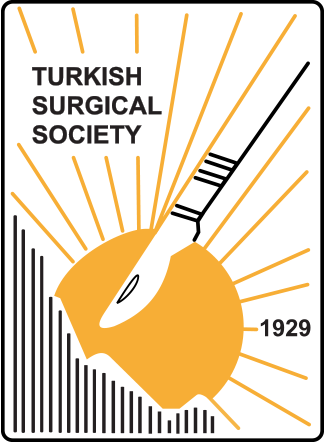Dear Editor,
We read with great interest the article by Bozkurt et al. (1) titled “A questionnaire on the perception of social and academic discrimination against female general surgeons in Türkiye’’. This research underlines the gender-specific issues that female surgeons encounter in Türkiye, while illustrating the stereotypes and gaps that continue to exist in a field dominated by men, which is a rather masculine-oriented domain. It is equally impressive how the authors seek to combat gender bias and advocate for an inclusive culture for the next generation of trainees and graduates. This study aligns well with other studies conducted worldwide that continue to highlight the challenges women face in surgery. For example, Lyons et al.’s (2) study from the United Stated of America (USA) confirmed that female surgeons undergo discrimination, harassment, and inequality in employment opportunities, which corresponds to the narratives of female surgeons in Türkiye. Likewise, Lim et al.’s (3) approach to a qualitative systematic review uncovered a great deal of gender discrimination in surgery and the undue burden it places on women in terms of family life versus their surgical career. These findings corroborate the study by Bozkurt et al. (1), in which a significant percentage of respondents (66.7% male and 65% female) acknowledged that family responsibilities hinder women’s participation in general surgery. Moreover, the analysis conducted by Chen et al. (4) showed that female surgeons receive fewer complex cases than their male counterparts, a finding that parallels the perception of 45.6% of female respondents in Bozkurt et al.’s (1) study, who felt that female surgeons are given fewer cases and responsibilities. Furthermore, Schlick et al. (5) reported that many female surgical residents in the USA suffer from gendered harassment, which involves belittling comments and sexualized attention. This finding is consistent with the high rates of degrading acts of femininity and harassment experienced by female surgeons in Türkiye (53.4% and 57.3%, respectively). With all these challenges, the study conducted by Bozkurt et al. (1) also stresses the positive impact of female role models and mentors who work to help empower women to pursue and succeed in their surgical careers. This was also shown by Yorozuya et al. (6) that female mentors in Japan played an important role in leading women surgeons in the heavily masculine-dominated world. In the same way, the #ILookLikeASurgeon movement, discussed by Logghe et al. (7), has helped to dispel negative stereotypes and widen the scope of surgery, which accentuates the importance of women in the profession. In conclusion, the study by Bozkurt et al. (1) significantly contributes to the understanding of gender discrimination in the surgical community, particularly in the context of Türkiye. These results highlight the importance of systemic change in acknowledging and addressing gender bias, facilitating work-life balance, and providing better supportive networks for female surgeons. This is just the beginning, and we hope that this study will encourage more research and policy changes to ensure a fair and inclusive space for all surgeons, irrespective of gender.



